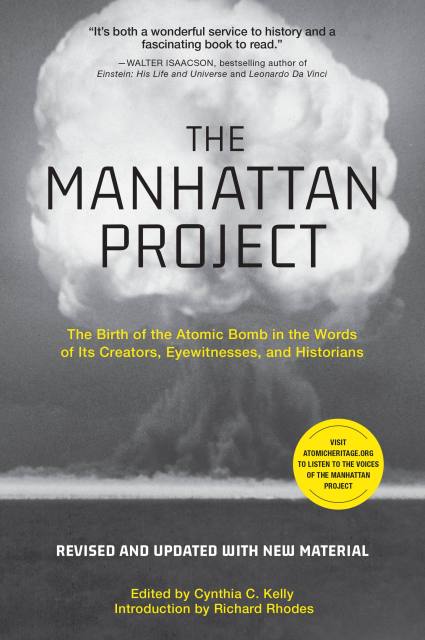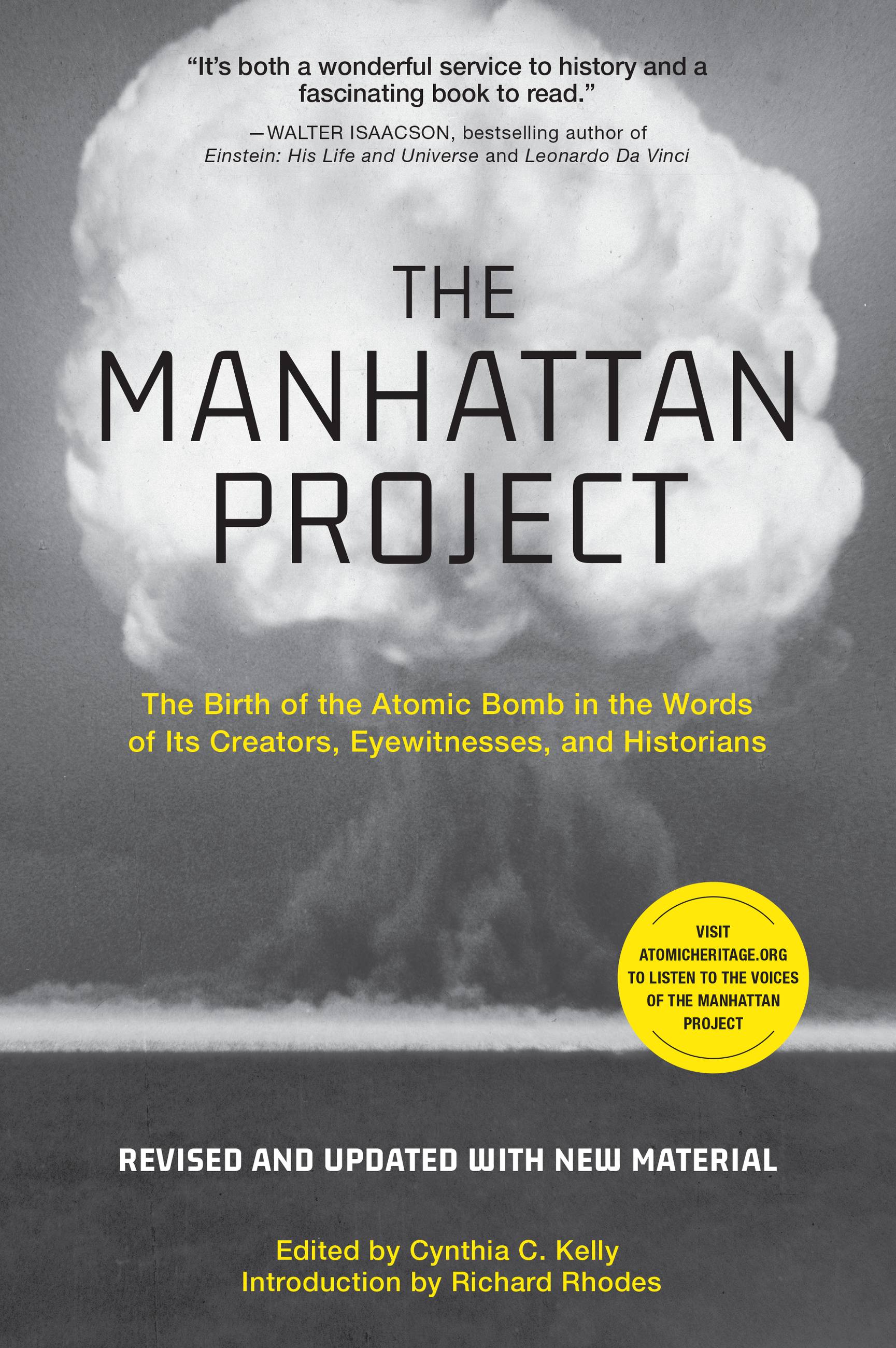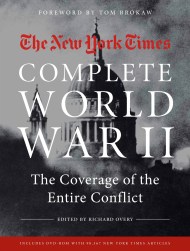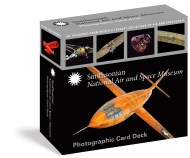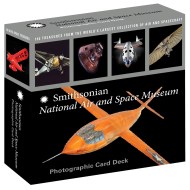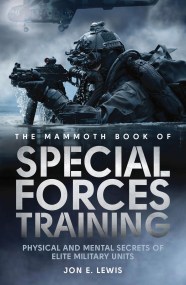Promotion
Use code MOM24 for 20% off site wide + free shipping over $45
The Manhattan Project
The Birth of the Atomic Bomb in the Words of Its Creators, Eyewitnesses, and Historians
Contributors
Edited by Cynthia C. Kelly
Formats and Prices
Price
$12.99Price
$16.99 CADFormat
Format:
- ebook (New edition) $12.99 $16.99 CAD
- Trade Paperback (Revised) $22.99 $29.99 CAD
This item is a preorder. Your payment method will be charged immediately, and the product is expected to ship on or around July 7, 2020. This date is subject to change due to shipping delays beyond our control.
Also available from:
On the seventy-fifth anniversary of the first atomic bomb, discover new reflections on the Manhattan Project from President Barack Obama, hibakusha (survivors), and the modern-day mayors of Hiroshima and Nagasaki.
The creation of the atomic bomb during World War II, codenamed the Manhattan Project, was one of the most significant and clandestine scientific undertakings of the 20th century. It forever changed the nature of war and cast a shadow over civilization. Born out of a small research program that began in 1939, the Manhattan Project would eventually employ nearly 600,000 people and cost about $2 billon ($28.5 billion in 2020) — all while operating under a shroud of complete secrecy.
On the 75th anniversary of this profoundly crucial moment in history, this newest edition of The Manhattan Project is updated with writings and reflections from the past decade and a half. This groundbreaking collection of essays, articles, documents, and excerpts from histories, biographies, plays, novels, letters, and oral histories remains the most comprehensive collection of primary source material of the atomic bomb.
Genre:
-
"It's both a wonderful service to history and a fascinating book to read."Walter Isaacson, author of Einstein: His Life and Universe and Leonardo Da Vinci
-
"The definitive anthology on the Manhattan Project."Gregg Herken, author of Brotherhood of the Bomb
-
"A wonderful addition to the literature on the development of the atomic bomb. This rich anthology... enhances our knowledge of the formative years of the nuclear era and underscores the perils we still face."Kai Bird, co-author of the Pulitzer Prize-winning American Prometheus
- On Sale
- Jul 7, 2020
- Page Count
- 544 pages
- Publisher
- Black Dog & Leventhal
- ISBN-13
- 9780762471263
Newsletter Signup
By clicking ‘Sign Up,’ I acknowledge that I have read and agree to Hachette Book Group’s Privacy Policy and Terms of Use
